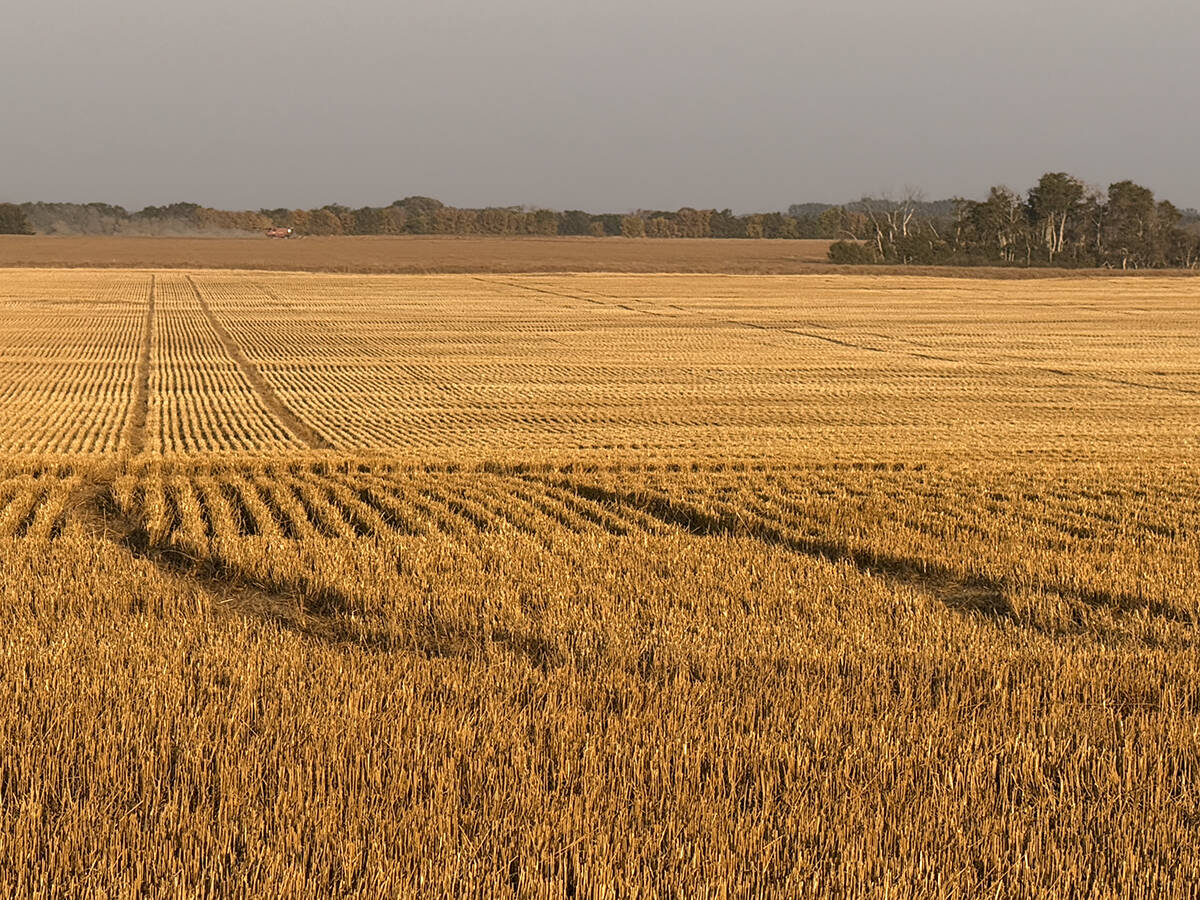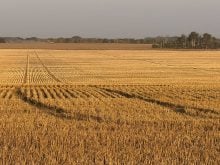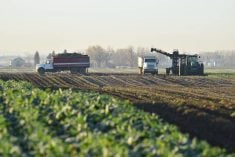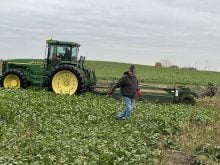Researchers have inadvertently created a type of durum that makes terrible pasta but could be the key to great pasta.
The Agriculture Canada scientists were trying to make a durum with high gluten strength. What they unintentionally spawned was a durum with a unique characteristic that could help breeders develop varieties to please fussy customers.
The study’s original goal was to invent a way to transfer genes for high gluten strength from bread wheat to durum. If successful, it would create a firmer pasta that wouldn’t turn mushy when overcooked.
Read Also

Final crop reports show strong yields, quality
Crops yielded above average across the Prairies this year, and quality is generally average to above-average.
The researchers introduced glutenin genes into 60 durum lines. But something unexpected happened – several of those lines started showing a unique characteristic. They “turned off” production of one of their major proteins.
Mark Jordan, head of molecular genetics at Agriculture Canada’s Cereal Research Centre in Winnipeg, said while the results were unexpected, they weren’t surprising.
“If you have one gene in the plant already working away and you add 50 more, it just trips the circuit breaker and shuts it down,” he said.
“It turned off the genes that we put in, but it also turned off anything that was similar to those new genes.”
In this case, some lines turned off all their high molecular weight glutenin proteins.
The result is a durum plant that would make poor pasta, but could provide valuable insight into what makes a nifty noodle. Jordan hopes to use it to tell durum breeders what genes to select for when trying to achieve a certain trait.
“If a certain market wants this kind of end-use quality, then we can say, ‘Ah-hah, we know exactly what you have to do to get that quality.’ And you can breed away instead of just breeding and hoping you get the right sort of protein composition for that market.”
The key is using a durum plant that is missing one of the three major protein fractions. Researchers can compare it to other types of durum to determine the importance of that particular protein fraction.
“If you do the functionality test and it works just the same as a regular durum, then you can say, ‘Well, that fraction doesn’t have anything to do with that functionality trait.’ “
For instance, some pasta manufacturers are concerned about extensibility or elasticity of their pasta dough. Strong noodles are made from durum that has a high extensibility factor. Jordan and his crew could test dough made from their unique plant against dough made from regular durum.
“If you can stretch it out just as fine, then we know that particular fraction of the protein doesn’t play a role in that trait.”
They can also experiment by putting back varying amounts of high molecular weight glutenin proteins and seeing how that affects end-use traits.
Starting this year, Agriculture Canada will be conducting small-scale tests with the newly created durum. It only has 300 grams of this unique seed and will require a Canadian Food Inspection Agency permit to produce large quantities because it is a genetically modified crop.
These lines could also lead to new uses for durum such as biodiesel and ethanol production, or to varieties with better amino acid balance that could be used for animal feed and human nutrition.
Jordan hopes to have useful information for breeders within a year, but it will be a project that primarily pays dividends over the long term.















